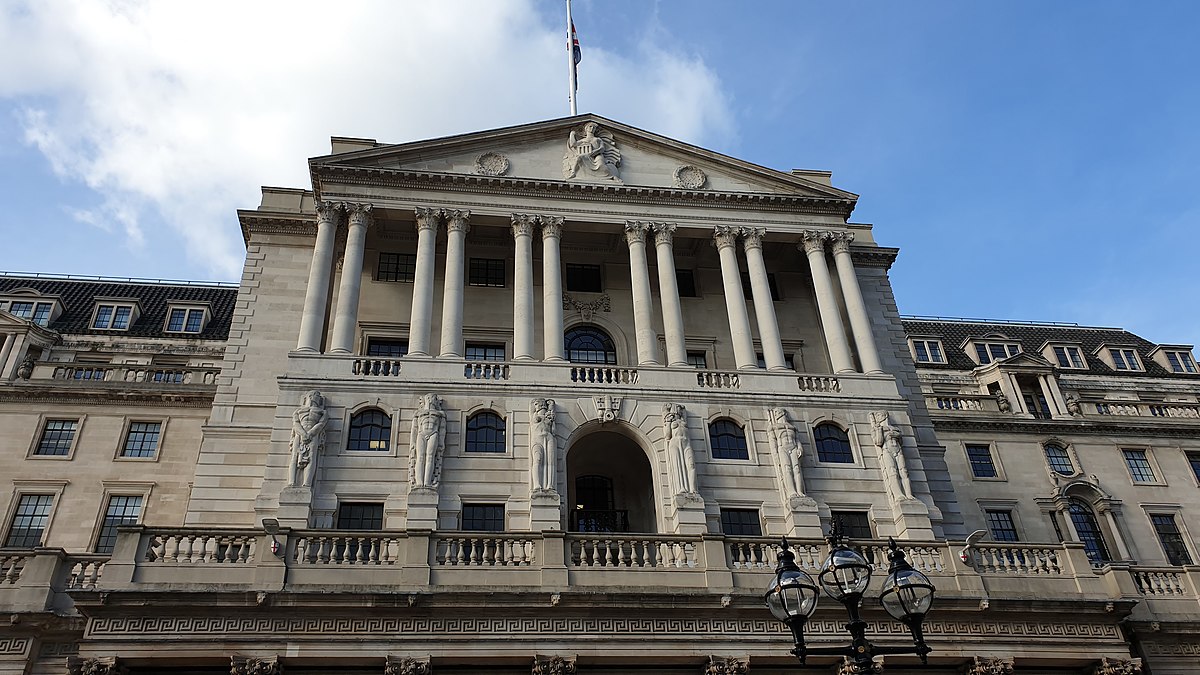There is nowhere in the world, Brett Scott says in his recent book, Cloudmoney, that supermarkets price oatmeal in bitcoin. Even in El Salvador, where bitcoin became legal tender in 2021, what appear to be bitcoin prices are just the underlying dollar price refracted through bitcoin’s volatile exchange rate.
Fifteen years ago, when bitcoin was invented, its adherents thought by now it would be a mainstream currency instead of a niche highly speculative instrument of financial destruction and facilitator of crime. Five years ago, the serious money people thought it important enough to consider fighting back with central bank digital currencies (CBDCs).
In 2019, Facebook announced Libra, a consortium-backed cryptocurrency that would enable payments on its platform, apparently to match China’s social media messaging system WeChat, which are used by 1 billion users monthly. By 2021, when Facebook’s holding company renamed itself Meta, Libra had become “Diem”. In January 2022 Diem was sold to Silvergate Bank, which announced in February 2023 it would wind down and liquidate its assets, a casualty of the FTX collapse.
As Dave Birch writes in his 2020 book, The Currency Cold War, it was around the time of Facebook’s announcement that central banks began exploring CBDCs. According to the Atlantic Council’s tracker, 114 countries are exploring CDBCs, and 11 have launched one. Two – Ecuador and Senegal – have canceled theirs. Plans are inactive in 15 more.
politico
The tracker marks the EU, US, and UK as in development. The EU is quietly considering the digital euro. In the US, in March 2022 president Joe Biden issued an executive order including instructions to research a digital dollar. In the UK the Bank of England has an open consultation on the digital pound (closes June 7). It will not make a decision until at least 2025 after completing technical development of proofs of concept and the necessary architecture. The earliest we’d see a digital pound is around 2030.
But first: the BoE needs a business case. In 2021, the House of Lords issued a report (PDF) calling the digital pound a “solution in search of a problem” and concluding, “We have yet to hear a convincing case for why the UK needs a retail CBDC.” Note “retail”. Wholesale, for use only between financial institutions, may have clearer benefits.
Some of the imagined benefits of CBDCs are familiar: better financial inclusion, innovation, lowered costs, and improved efficiency. Others are more arcane: replicating the role of cash to anchor the monetary system in a digital economy. That’s perhaps the strongest argument, in that today’s non-cash payment options are commercial products but cash is public infrastructure. Birch suggests that the digital pound could allow individuals to hold accounts at the BoE. These would be as risk-free as cash and potentially open to those underserved by the banking system.
Many of these benefits will be lost on most of us. People who already have bank accounts or modern financial apps are unlikely to care about a direct account with the BoE, especially if, as Birch suggests, one “innovation” they might allow is negative interest rates. More important, what is the difference between pounds as numbers in cyberspace and pounds as fancier numbers in cyberspace? For most of us, our national currencies are already digital, even if we sometimes convert some of it into physical notes and coins. The big difference – and part of what they’re fighting over – is who owns the transaction data.
At Rest of World, Temitayo Lawal recounts the experience in Nigeria., the first African country to adopt a CBDC. Launched 18 months ago, the eNaira has been tried by only 0.5% of the population and used for just 1.4 million transactions. Among the reasons Lawal finds, Nigeria’s eNaira doesn’t have the flexibility or sophistication of independent cryptocurrencies, younger Nigerians see little advantage to the eNaira over the apps they were already using, 30 million Nigerians (about 13% of the population) lack Internet access, and most people don’t want to entrust their financial information to their government. By comparison, during that time Nigerians traded $1.16 billion in bitcoin on the peer-to-peer platform Paxful.
Many of these factors play out the same way elsewhere. From 2014 to 2018, Ecuador operated Dinero Electrónico, a mobile payment system that allowed direct transfer of US dollars and aimed to promote financial inclusion. In a 2020 paper, researchers found DE never reached critical mass because it didn’t offer enough incentive for adoption, was opposed by the commercial banks, and lacked a sufficient supporting ecosystem for cashing in and out. In China, which launched its CBDC in August 2020, the e-CNY is rarely used because, the Economist reports Alipay and We Chat work well enough that retailers don’t see the need to accept it. The Bahamanian sand dollar has gained little traction. Denmark and Japan have dropped the idea entirely, as has Finland, although it supports the idea of a digital euro.
The good news, such as it is, is that by the time Western countries are ready to make a decision either some country will have found a successful formula that can be adapted, or everyone who’s tried it will have failed and the thing can be shelved until it’s time to rediscover it. That still leaves the problem that Scott warns of: a cashless society will give Big Tech and Big Finance huge power over us. We do need an alternative.
Illustrations: Bank of England facade.
Wendy M. Grossman is the 2013 winner of the Enigma Award. Her Web site has an extensive archive of her books, articles, and music, and an archive of earlier columns in this series. Follow on Mastodon or Twitter.
